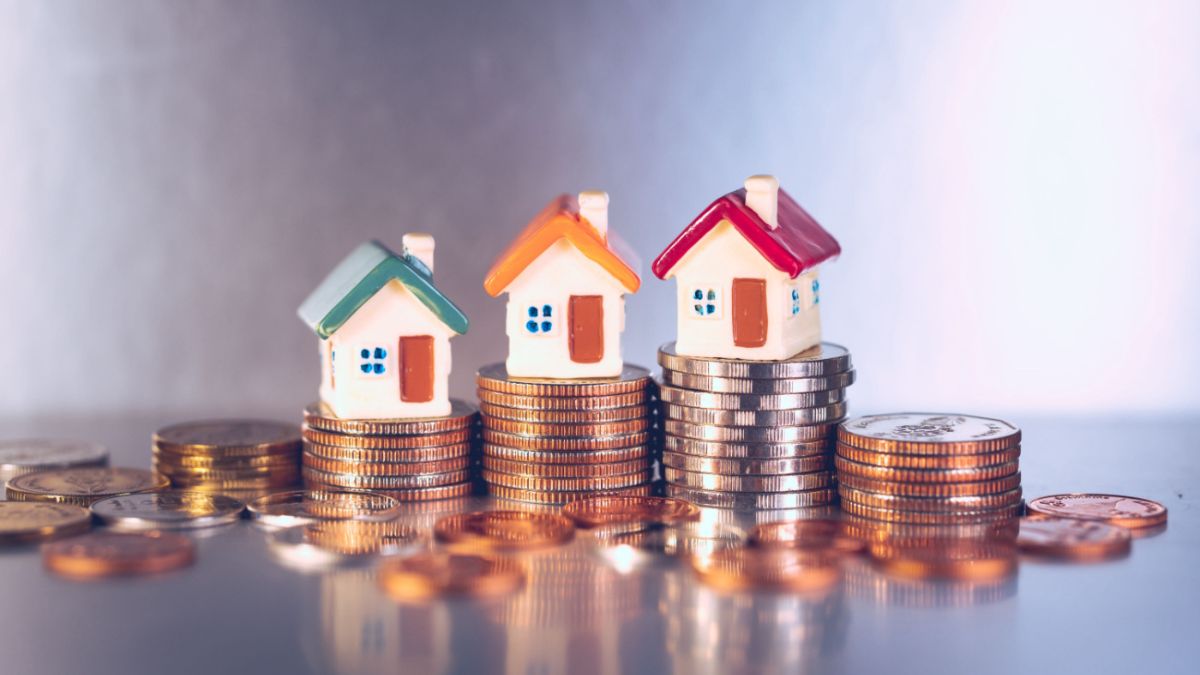
Advertisement
Climate change poses significant risks and challenges for real estate markets worldwide, impacting property values, insurance costs, development patterns, and resilience to extreme weather events. As the frequency and severity of climate-related hazards increase, real estate investors, developers, and policymakers must assess the risks and opportunities associated with climate change and incorporate resilience measures into planning, design, and investment decisions. Understanding the impact of climate change on real estate markets is essential for mitigating risks, enhancing sustainability, and promoting resilience in the built environment.
One of the primary risks of climate change for real estate markets is the threat of property damage and loss due to extreme weather events, such as hurricanes, floods, wildfires, and storms. Coastal properties are particularly vulnerable to sea-level rise, storm surges, and erosion, which can lead to flooding, beach erosion, and property damage. Inland areas are also at risk of flooding and water scarcity, as changing precipitation patterns and melting snowpacks affect water availability and water quality.
Furthermore, climate change impacts property values and insurance costs, as insurers adjust premiums and coverage limits in response to increased risks of climate-related hazards. Properties located in high-risk areas may face higher insurance costs or difficulty obtaining coverage, affecting affordability and desirability for buyers and investors. Climate-related risks, such as flood zones, wildfire-prone areas, and coastal erosion zones, are increasingly factored into property valuations and investment decisions, leading to potential declines in property values and returns for vulnerable assets.
Additionally, climate change affects development patterns and land use decisions, as planners and policymakers seek to mitigate risks, enhance resilience, and promote sustainable growth in the face of climate-related hazards. Land-use regulations, building codes, and zoning ordinances may be updated to incorporate climate resilience measures, such as setback requirements, elevation standards, green infrastructure, and natural hazard mitigation strategies. Real estate developers are increasingly incorporating resilience measures into project design and construction to minimize risks and ensure the long-term viability and sustainability of developments.
Moreover, climate change presents opportunities for innovation and investment in green building technologies, renewable energy, and sustainable infrastructure that promote energy efficiency, reduce greenhouse gas emissions, and enhance resilience to climate-related risks. Real estate investors and developers are increasingly incorporating green building practices, such as passive design, energy-efficient systems, and renewable energy sources, into development projects to reduce environmental impact, lower operating costs, and attract environmentally conscious tenants and buyers.
In conclusion, climate change poses significant risks and challenges for real estate markets, but also presents opportunities for innovation, investment, and adaptation in the face of changing environmental conditions. By assessing climate-related risks, incorporating resilience measures, and embracing sustainable development practices, real estate investors, developers, and policymakers can promote resilience, enhance sustainability, and build more resilient and adaptive communities that thrive in a changing climate.
